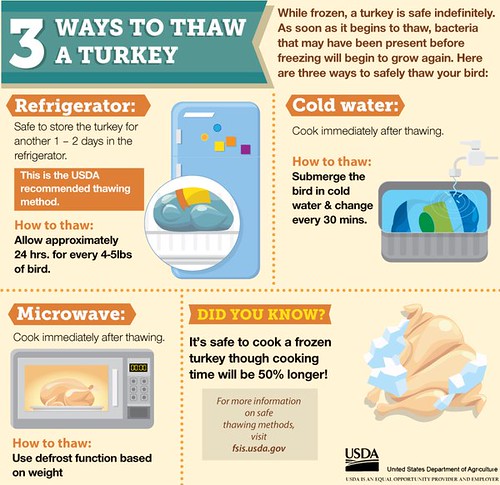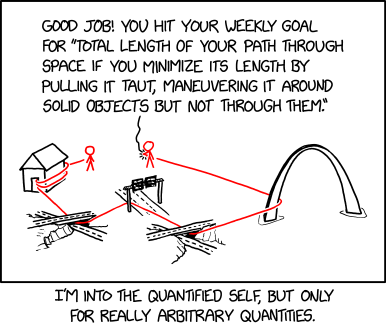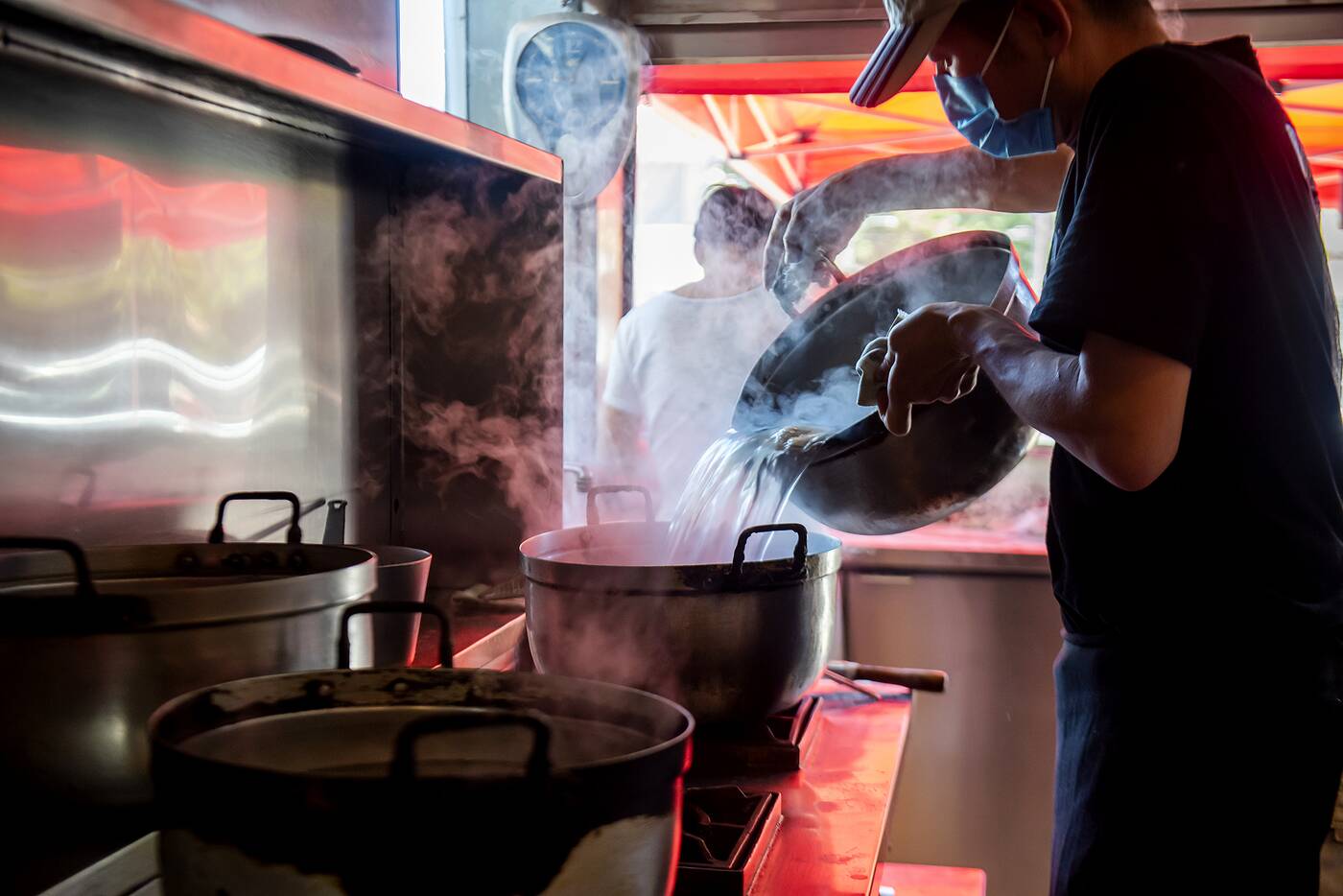Another year over. A semi-pandemic year, in a sense. Covid is still with us, but we did not (so far) get slammed with a bad new variant like we did last year with Omicron. Instead the pandemic is lesser than it was, but greater than the flu in terms of the sickness and death it brings. We still get vaccinated, though less than before. Schools are attended (though affected), restaurants are dined in, parties and special events are attended.
You could say things look….normal. But then you can look towards China: they seem to be struggling to deal with COVID lately. Who knows what 2023 will bring? More normal or more like China?
But that’s for 2023. As for last year and what was trending, we can look to Google which has all its data. One place that was trending alot in 2022: China. China is struggling with both Covid and Xi’s approach to it, as this shows. As for the Chinese leader himself, it was a bad year for Xi, as well as Putin and other global bad guys, sez VOX. And it’s not just the Chinese residents that are having to deal with Xi and his government: Canada has been investigating chinese police stations in Canada. More on that here. I expect China will also trend in 2023. Let’s hope for better reasons.
Other trending events in 2022? Crypto. There was lots of talk about it and people like Sam Bankman-Fried after the collapse of his crypto currency exchange and subsequent arrest. We had stories like this: How I turned $15 000 into $1.2m during the pandemic and then lost it all. Tragic. The overall collapse of the industry has lead to things like bans on crypto mining. That’s good. It has lead to questions around the fundamentals, like: Blockchains What Are They Good For? Last, to keep track of all the shenanigans, I recommend this site: Web3 is Going Just Great. I expect crypto to remain a shambles next year. Time and money will tell.
Elon Musk also managed to trend quite often due to his take over of Twitter and more. He still has fans, but many are disillusioned. After all, his campaign to win back Twitter Advertisers isn’t going well. He was outright booed on stage with Dave Chapelle. (No doubt being a jerk contributed to this.) Tesla stock is tanking. Even his Starlink is losing money. What a year of failure. I can’t see his 2023 improving either. Hard to believe he was Time’s Man of the Year in 2021!
Because of Musk, people are looking to join other networks, like Mastodon. (BTW, here’s some help on How to Make a Mastodon Account and Join the Fediverse). Some are looking to old networks, like this: the case for returning to tumblr. Some are looking at new ways to socialize online, like this.
Musk was not alone in trending this year due to being a bad guy. Let’s not forget that Kanye West trended as well due to his freakish behavior and antisemitism.
AI was another big trend this year, with things like ChatGPT and stable diffusion (here’s how you can set it up on AWS). We also had stories like this: Madison Square Garden Uses Facial Recognition to Ban Its Owner’s Enemies. Not good. What’s next for AI? This takes a look. I think we may get an AI winter, but we have 12 months to see if that holds true.
For what it’s worth, Newsletters like Matt Yglesias’s are still going strong, though levelling off I think.
Trends and development aside, here’s some other topics I found interesting and worth being up to close the year:
Assisted death was a grim topic in 2022 in Canada. I remain glued to stories like this: We’re all implicated in Michael Fraser;s decision to die, and this and this. It all seems like a failure, although this argues that assisted dying is working.
Here’s two good pieces on homelessness: Did Billions in Spending Make a Dent in Homelessness? And ‘It’s a sin that we all had to leave’: Moving out of Meagher Park.
Need some advice for the new year? Try this: How Much and Where Are You Really Supposed to Tip? Consider this a good approach to reading. Here’s a good approach to slowing down, while here’s a good discussion on Boundaries. Things to avoid: the biggest wastes of time we regret when we get older.
Things I found interesting in sports this year:
- What Moneyball Has Done to American Culture
- Major League Baseball Finally Decides It’s Time for a Pitch Clock
- How LeBron James and the Lakers Could Make a Father-Son Dream Come True
- Baseball Hall of Famers Compete Over Statues
- Aaron Judge Agrees to a Nine-Year $360 Million Deal to Stay With the Yankees
- Raimel Tapia hits inside the park grand slam
- the hall of fame math for Barry Bonds and Roger Clemens doesn’t add up
Things I found interesting in general this year:
- Nearly 2 in 5 of American college graduates regret their majors
- Khmer Rouge and what remains
- Everything dies including information
- 36 answers to what is the value of philosophy
- World population to peak and decline sooner than previously thought
- college enrollment and the population crash
- the speed of light simulated
- the ooh.directory
- the lost SNL generation
- weird back kitchens
- Why Is It So Hard to Find a Public Restroom?
- Why Do People Talk to Isaac Chotiner?
Finally, here’s some good advice to close out the year: Don’t Treat Your Life as a Project.
Thanks for reading this and anything else you read on this blog in 2022. I appreciate it. I managed to blog about roughly 3000 things on the internet this year. I hope you found some of them useful.

Happy New Year!













/cdn.vox-cdn.com/uploads/chorus_asset/file/23996930/girl_with_a_pearl_earring.jpeg)



 During busy times, or during chaotic times, or even times when you just don’t know what to do next, you need a good checklist. Get yourself a list of things you need to do every day and check it off. Even if you don’t do everything on it every day. Even if some of the items on it refer to other checklists. Regardless, get a good checklist, and do it at least once a day.
During busy times, or during chaotic times, or even times when you just don’t know what to do next, you need a good checklist. Get yourself a list of things you need to do every day and check it off. Even if you don’t do everything on it every day. Even if some of the items on it refer to other checklists. Regardless, get a good checklist, and do it at least once a day.


























:max_bytes(150000):strip_icc():format(webp)/Chandelier-Martini-XL-RECIPE1022-2000-e62c4e6f464a400baca4728f721496f4.jpg)
